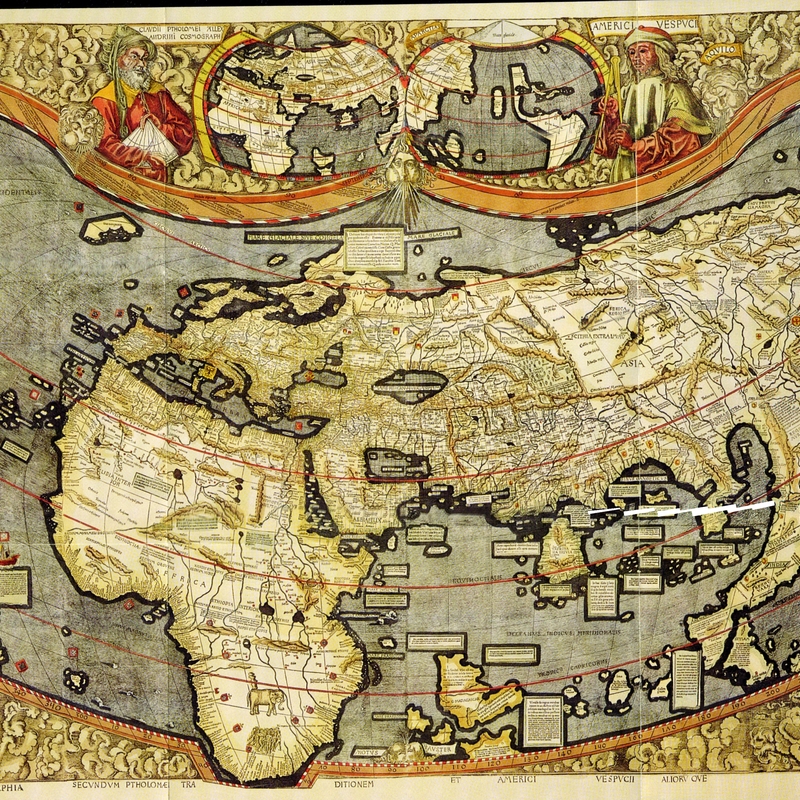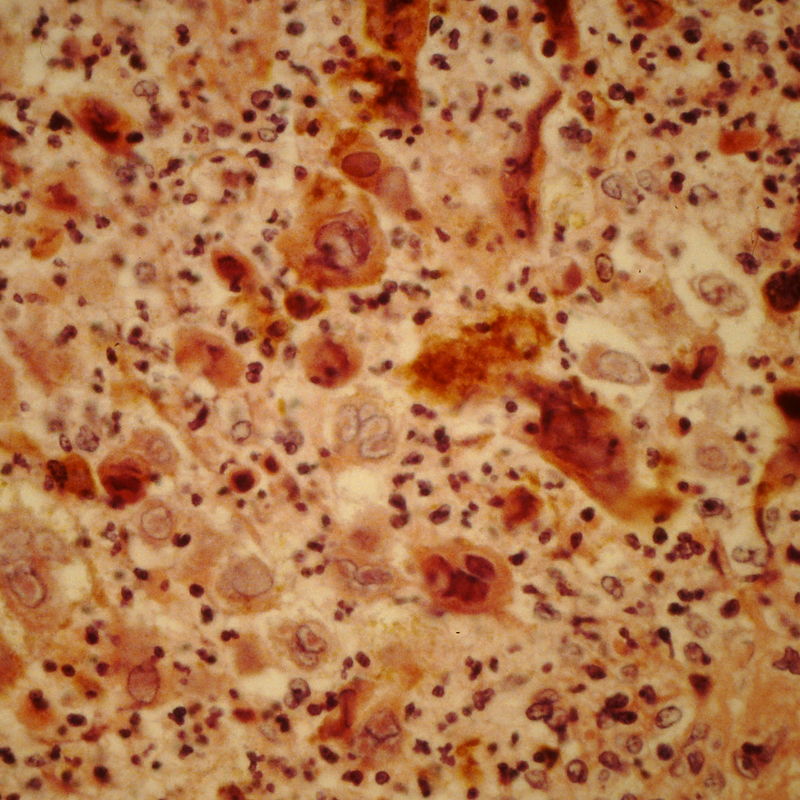Search
THE IMPACT OF DIFFUSION ON BIOCHEMICAL ASSAY KINETICS IN 3D-HYDROGEL MICROARRAYS
DOI: 10.17160/josha.2.4.39
Microarrays are powerful and versatile analytical tools. They can address the complex diagnosis of various diseases and disorders in a fast, reliable and simple manner. They consist of very small test sites in form of spots on which various biochemical assays can be performed simultaneously. In the past few years, this technology has developed a lot with the implementation of novel surface chemistries, detection techniques, and different assay formats. 3D-hydrogel microarrays were developed using unique immobilization techniques based on hydrophilic polymer networks. The 3D polymer network attaches and immobilizes the capture molecules onto the surface in form of a spot with molecules immobilized both on the surface and inside the gel matrix. This retains the molecule’s natural confirmation and structure and enables higher immobilization efficiency, which allows for higher sensitivity.
AMERICA COMES FROM FREIBURG: Cartographer Waldseemüller from Freiburg was the first to show the New World as a Continent in 1507 and named it AMERICA
DOI: 10.17160/josha.2.3.37
”America“ is a word that is now part of our everyday language. We speak of ”America” and the ”Americans” rather than of the ”United States”. But where does this name come from? Very few people are aware of the fact that it was actually the work of a cartographer from Freiburg, who was the first to show the New World as a Continent in 1507 and named it AMERICA, which led to the popularization of this name throughout the world.
Growth hormone (GH) modulation of Epidermal growth factor (EGF) signalling in human mammary epithelial cells
DOI: 10.17160/josha.2.3.36
This study demonstrates crosstalk between Growth Hormone (GH) and Epidermal Growth Factor (EGF) in two different breast cancer cell lines. Long-term modification of cell viability and the ERK1/2 and AKT pathways was only detected in MDA-231 cells. By simultaneous treatment with GH and EGF, the interaction between GH and EGF in MCF-7 cells could be transiently abrogated by GH-pre-treatment. Co-treatment with GH and EGF diminished cell viability in MCF-7 and MDA-231 cells. Furthermore, a direct influence between GH and EGF signaling resulted in less ERK phosphorylation in MCF-7 cells, whereas in MDA-231 cells less AKT phosphorylation could be observed. EGFR-down regulation due to GH is a potential reason but keeps to be elucidated.
JOSHA - Table of Contents Volume 2 Issue 2
DOI: 10.17160/josha.2.3.35
JOSHA – Journal of Science Humanities and Arts Table of Contents Vol 2, No 2 This new issue of the JOSHA Journal contains again a number of interesting articles covering the broad field of human research, discovery and creativity and, as a special topic, “International Cooperation and Mentoring” in academic institutions. The field of Arts is addressed by two wonderful papers, addressing art in the northern provinces of the Roman Empire as well as the creativity of a living artist. Aspects of Philosophy, Ethics and Law are studied in the paper on the philosopher Spinoza and his cultural and religious environment. In Life Sciences a fundamental process of the effect of human growth factor application to epidermal growth factor biology is studied.
International Cooperation and Mentoring: An Academic Obligation? University of Concepción - CHILE
DOI: 10.17160/josha.2.3.34
Concepción is the capital city of the Bio-Bio Region. ➢ It is located in the middle of Chile, close to the Pacific Ocean, and 500 kilometers south of Santiago. ➢ The Region is identified with the hydrographic basin of the Bio-Bio River, one of the most important fluvial streams in the country. Chile hold 64 Universities - Group 1: Include 25 members called the Rectors Council Group. - Group 2: Composed by 39 private Universities of different owners and orientations ➢ Also has 48 Professional Institutes and 117 Technical Training Centers In 1967, the Ministry of Eductation created an autonomous office called “National commission for scientific research and technology”, CONICYT. The two major objectives were the training of human capital and the promoting, developing, and disseminating scientific and technological research. The aim is to Contribute to Chile's economic, social, and culture development.
Current trends in Community-acquired methicillin-resistant Staphylococcus aureus in Argentina
DOI: 10.17160/josha.2.3.33
Community-acquired methicillin-resistant Staphylococcus aureus (CA-MRSA) infections have become a major concern worldwide. Different from hospital-acquired MRSA, CA-MRSA usually is staphylococcal cassette chromosome (SCCmec) type IV, carries genes for Panton-Valentine leukocidin (PVL) and is susceptible to several non ß-lactam antibiotics. The epidemic of CA- MRSA is evolving. A specific clone that is initially propagating and causing CA-MRSA infections can be displaced by a more successful one. In Argentina, previous studies have identified sequence type 5 (ST5), SCCmec IV, spa type 311 as the predominant CA-MRSA clone causing infections and colonizing children.
International Cooperation and Mentoring: An Academic Obligation? The Latin American Perspective: Argentina
DOI: 10.17160/josha.2.3.32
Today, Argentina’s universities are placing a growing emphasis on internationalization and global engagement, creating a relatively positive context for student and scholar mobility going forward. According to official statistics, the number of foreign students studying in Argentina doubled between 2006 and 2013. About 70 percent are from other Latin American countries, with the remainder coming mostly from the United States and Europe. The most popular destination countries for Argentine students (in order of preference) are Spain, France, Brazil, the United States, Italy, Germany, Mexico, the United Kingdom, and Chile. In line with global trends, the Argentine government has begun implementing new policies and programs designed to increase outward student mobility (Garcia Fanelli, ACE, 2014)
International Cooperation and Mentoring: An Academic Obligation? Current Trends in the Internationalization of Higher Education
DOI: 10.17160/josha.2.2.26
Unviersity and society in Latin America Even considering the great differences that can be found within the region, there are elements to support the idea of the existence of common traits in Latin American universities. One of their main common characteristics is linked to their historical background. Latin American universities have followed the Napoleonic model to a greater extent than the Humboldtian model of institutions. Its main function was to provide training in the liberal professions -doctors and lawyers- and not (as in France) to train high ranking civil servants. In countries such as Argentina, the university degree conferred a higher social status and contributed to upward social mobility. University-society relationships promoted by this kind of institution are mainly related to teaching and professional training.
Hirnmetastasen und systemische Therapie, Meningeosis carcinomatosa
Die Therapie von Hirnmetastasen solider Tumore und die Therapie der Meningeosis carcinomatosa stellt eine große Herausforderung da. Ein zentrales Problem ist die ausreichende Wirksamkeit systemischer Therapien im ZNS. Die folgende Präsentation fasst die Literatur zu diesem Thema zusammen, stellt experimentelle Ansätze der intrathekalen Therapie vor und gibt einen Überblick über die Rolle von zielgerichteten Therapien wie Tyrosinkinase-Inhibitoren (TKI) in der Behandlung von ZNS-Metastasen.
Episomal-Persistent DNA in Cancer and Chronic Diseases
DOI: 10.17160/josha.2.3.24
The DKFZ division Episomal-Persistent DNA in Cancer and Chronic Diseases, presently headed by Nobel prize laureate Harald zur Hausen, aims at the identification and characterization of disease-associated persistent circular DNA of infectious agents in human materials. Recent studies suggest an involvement of such agents in the development of chronic neurodegenerative diseases (Manuelidis, J. Neurovirol. (2011; 17:131–145). Besides the isolation of such DNAs, central questions are whether and in which way these DNA-sequences and their gene products contribute to the development of certain pathologies. A proof for a direct link between an infection with these agents and a specific disease may open new avenues for intervention (vaccination, identification of patients at risk and targeted therapy).









